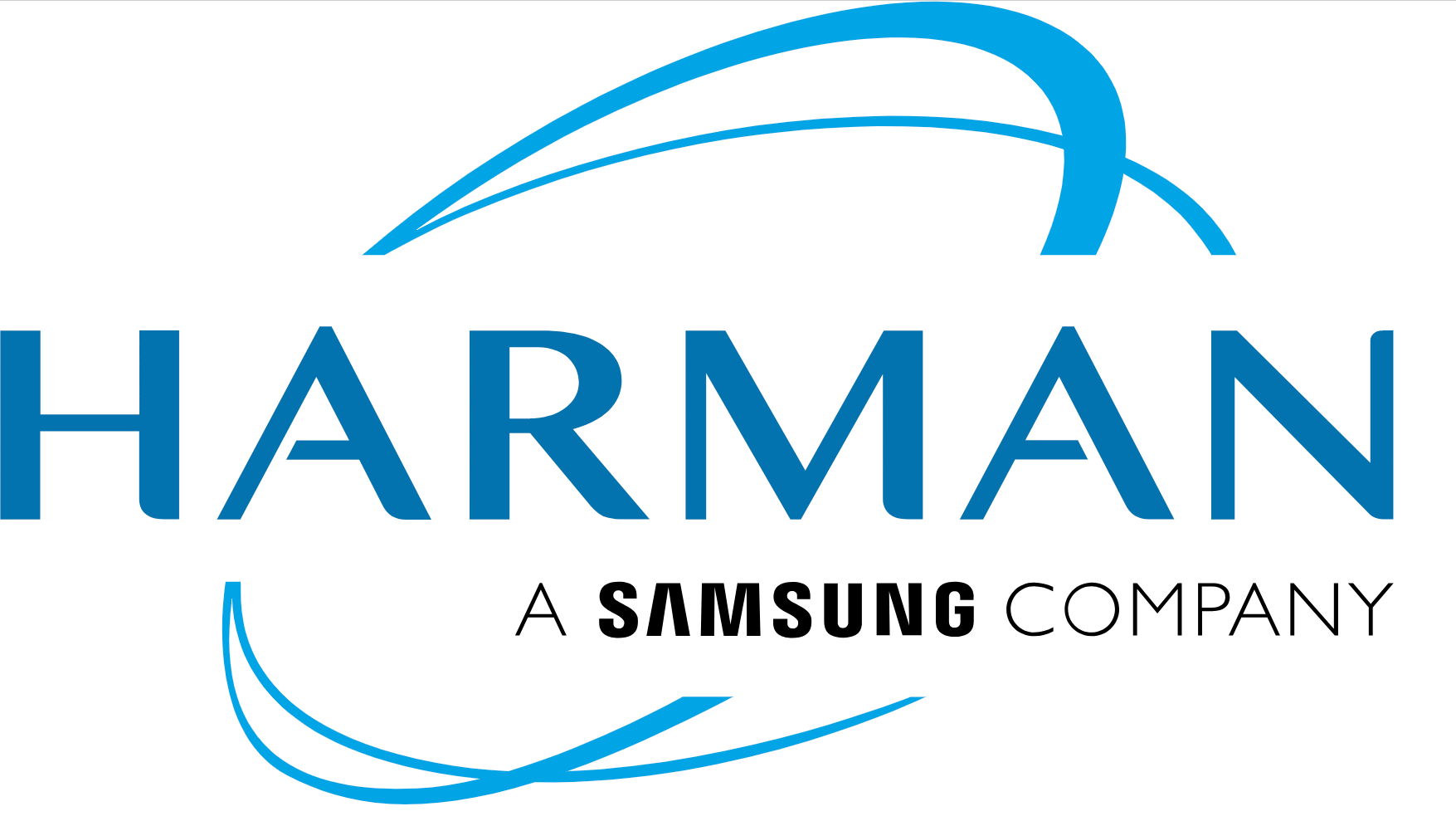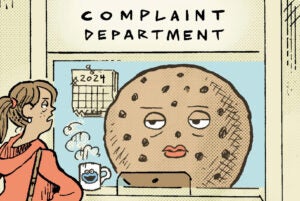Samsung-owned audio electronics manufacturer HARMAN International doesn’t advertise much in audio environments.
That may sound odd for a brand that makes and sells speaker systems, headphones and other audio gear, but there’s a good reason, said Chris Epple, HARMAN’s VP of marketing in the Americas.
Say an ad for a premium speaker manufactured by HARMAN’s JBL consumer electronics subsidiary plays on tinny headphones or through a crappy computer speaker over bad Wi-Fi. The listener might subconsciously associate low-quality audio with JBL – exactly the opposite of what HARMAN wants to convey.
That’s not to say HARMAN hasn’t experimented with audio here and there. It’s done a few media buys on Spotify and sponsored a limited custom podcast in 2022 with iHeartMedia to promote JBL.
But it always treads softly when it comes to audio, Epple said.
“When we’re on an audio platform, it’s like we’re a little closer to the sun,” he said. “We’re very careful, because we can’t control how someone is engaging with audio.”
JBL has found more success on social channels, TikTok in particular, where the Gen Z consumers it’s courting spend a lot of their time. Its page is a chaotically fun mélange of TikTok trends, purposely goofy brand ambassador endorsements, interviews with musicians and videos featuring JBL speakers that have been anthropomorphized with googly eyes.
Epple, who launched the JBL brand on TikTok in 2021, spoke with AdExchanger about why that channel is JBL’s new favorite jam – including to generate sales – and how JBL measures what Epple calls “quality social engagement.”
AdExchanger: Why is an audio brand focusing its marketing strategy so squarely on a video-forward platform like TikTok?
CHRIS EPPLE: TikTok is an engagement tool for us because it allows us to present our brand in a fun, lighthearted way and work with creators that can help us do that.
The psychographics of our target customer are people who want to make a difference, but also don’t take life too seriously. At the end of the day, they just want to feel like they had a good time and made a good bond with someone. For example, an insight we have about our target audience is that they can have as much fun being at Coachella as they can have by inviting three friends over for a barbecue and a game of horseshoes in the backyard – and maybe the artists from Coachella are playing on the speakers.
But TikTok isn’t just for spreading awareness. We can also use it to move people down the funnel.
Do you mean TikTok Shop?
It’s tremendously important to our plans moving forward because of the shoppability factor – on TikTok and on social in general.
But it’s more like something we’re experimenting with. You can’t let an emerging channel take up too much of your time, effort, focus and budget. For example, JBL sells 1.4 headphones per second globally – which is a lot of headphones, and that’s not even counting our portables.
A new online platform that’s popping might add to that. You might even get solid six-figure revenue out of it, and the executives are happy – but it’s not like you’re getting 1.4 headphones per second from that channel. I’m sure it’ll scale eventually, though.
JBL has a metric I’ve heard you refer to as “quality social engagement.” What is that exactly and how do you measure it?
It’s the next layer down in the funnel after awareness and above clicking on a banner ad or something like that. It’s that point in the funnel where we see an opportunity to get someone to the place where they’ll engage with our brand by taking a meaningful action.
What does that look like? Say you’re walking past a billboard for JBL, so we’re on your radar, and then you follow us on TikTok. Any action you take after that we consider to be a quality engagement.
If you leave a comment or you bookmark something, that’s meaningful – and it doesn’t matter if you don’t buy something at that moment. Because then let’s say you lose your headphones the following week. We know that if you’ve performed a quality engagement in the past, you’re likely to remember us in that moment.
How does JBL approach targeting and personalization?
People don’t buy new headphones every day. It might only be once a year.
The easiest and least costly way to target is to focus on seasonality. Dads and grads in June, or it’s summertime and people want new portable speakers. But we also track warranty information, purchase cycles, past purchases and returns and we’re pretty synched up with our customer service group in terms of the calls coming in and issues our customers are facing.
We’re getting a lot more sophisticated in terms of the insights that come from linking customer service to ecommerce, like understanding whether someone might now be back in market based on their past purchases.
It’s not yet at the scale we want it to be. We get hundreds of inbound calls, and our addressable market is in the tens of millions. But I’d say we’re pretty advanced in this area.
This interview has been lightly edited and condensed.
















